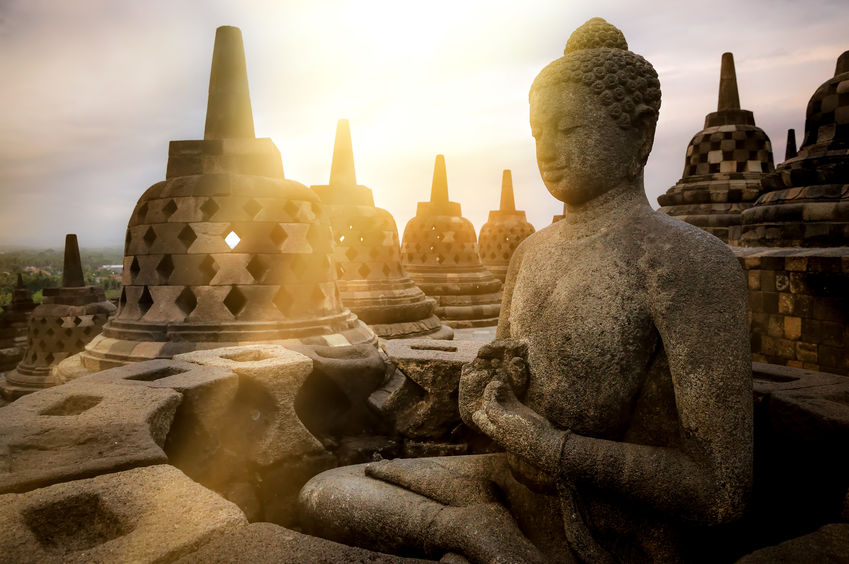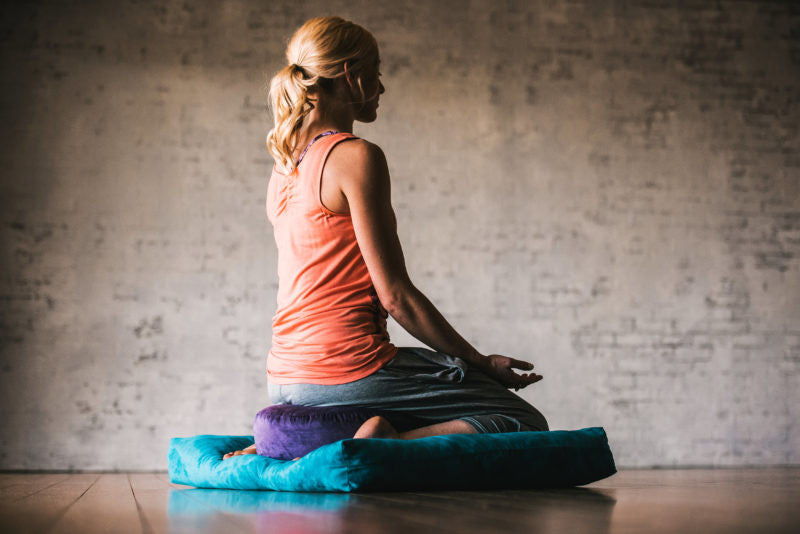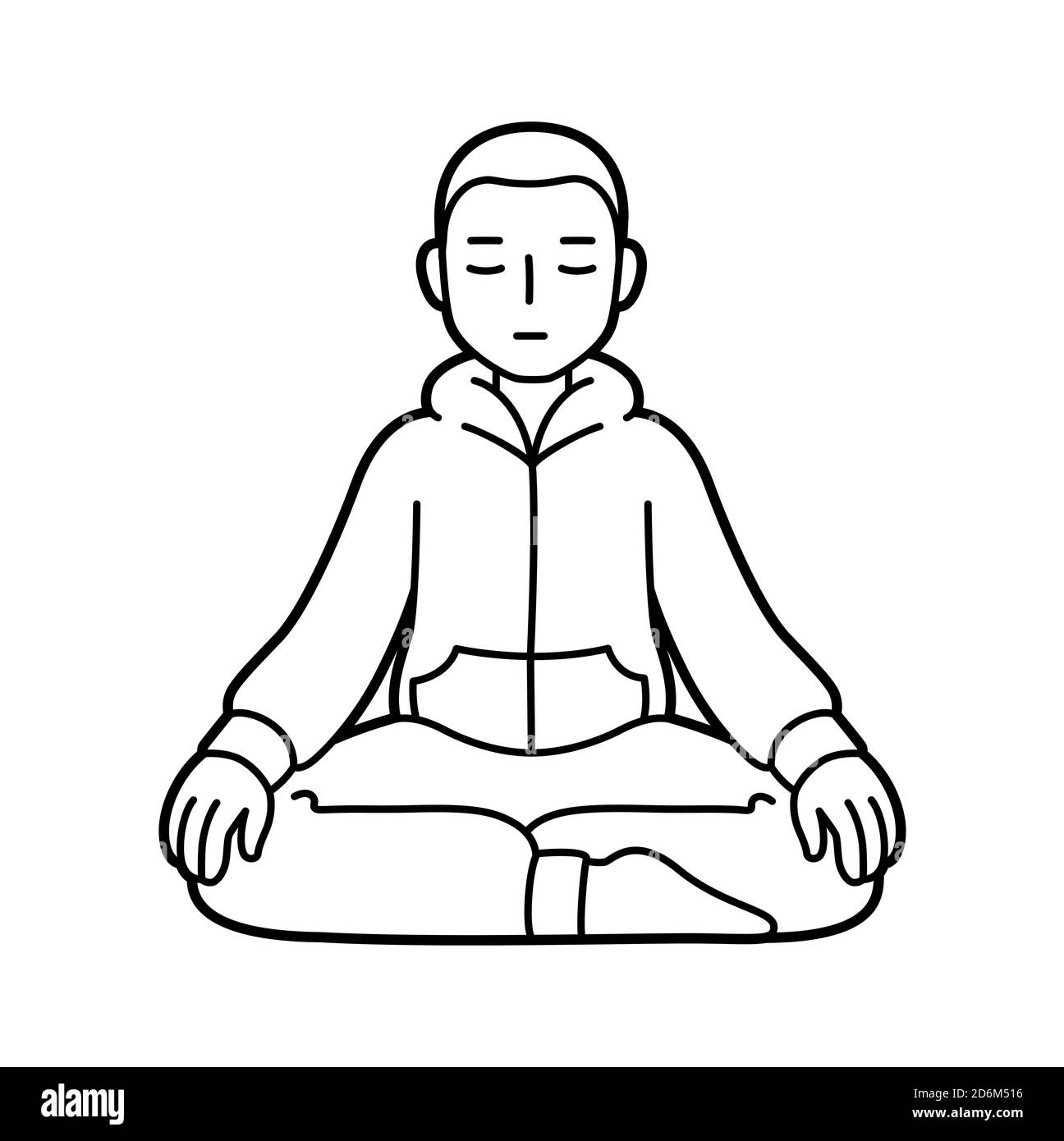How to Meditate? Understanding Mindfulness for Everyday Life
How to Meditate? Understanding Mindfulness for Everyday Life
Blog Article
Just How to Meditate: A Step-by-Step Strategy to Achieving Mindfulness and Tranquility
Meditation acts as an effective tool for accomplishing mindfulness and emotional calmness in a busy globe. By understanding the basic principles and techniques associated with reflection, people can grow a practice that boosts their general wellness. This conversation will outline vital steps, from producing a helpful environment to integrating meditation into everyday routines. As we explore these components, it comes to be clear that the trip to mindfulness is not just concerning the act of being in silence, yet rather about fostering a deeper link with oneself and the world around us. What might this makeover involve?
Understanding Meditation
Understanding reflection includes grasping its fundamental principles and methods, which act as the structure for the method. At its core, reflection is a psychological exercise focused on promoting relaxation, constructing internal energy, and developing compassion and insight. The technique motivates people to concentrate their attention, often via methods such as deep breathing, visualization, or mantra repeating.
Reflection can be categorized into numerous styles, consisting of mindfulness, transcendental, and loving-kindness reflection, each with distinctive objectives and methods. Mindfulness meditation stresses present-moment understanding and non-judgmental monitoring of ideas and sensations, while copyright involves making use of specific concepts to go beyond average mind. Loving-kindness meditation concentrates on establishing an attitude of love and compassion in the direction of oneself and others.
Despite the method used, the key goal stays regular: to grow a much deeper understanding of the mind and its patterns. This self-awareness promotes psychological durability, clarity of thought, and a profound feeling of calm (How to meditate?). By recognizing these techniques and concepts, individuals prepared for an effective reflection technique that can dramatically enhance their overall health
Getting Ready For Your Technique
Before beginning your reflection method, it is necessary to produce an environment for focus and relaxation. Select a quiet space where you are not likely to be disturbed. This could be a corner of a space, a garden, or any type of area that stimulates a feeling of tranquility. Ensure that the location is clean and free of mess, as a tidy setting can aid clear the mind.
Think about the lights, as all-natural light can enhance your mood and power. Soft, cozy lighting is commonly a lot more calming than severe fluorescent lights. Furthermore, pick a comfortable temperature, guaranteeing that you are neither too hot neither too cool.
Including aspects that advertise peace can even more boost your experience. This may consist of soft paddings or blankets for convenience, in addition to calming aromas from vital oils or scent. It can also be useful to have a timer established for your reflection session to stop disturbances from clock-watching.
Standard Meditation Techniques

One more reliable method is body check meditation. This includes psychologically website here scanning your body from head to toe, noticing any locations of tension or discomfort and purposely kicking back those muscle mass. This practice fosters a deeper link in between your body and mind.

Last but not least, loving-kindness reflection concentrates on cultivating concern in the direction of yourself and others. Quietly repeat expressions of a good reputation, improving psychological wellness and interconnectedness. Each of these techniques works as a structure for your meditation trip, enabling you to locate the method that reverberates ideal with your personal technique.
Preserving Emphasis and Mindfulness

Establishing a dedicated reflection area can boost the ability to maintain mindfulness. A silent, clean environment lessens interruptions, enabling deeper immersion in the technique. Additionally, setting a time restriction can help take care of expectations; starting with much shorter sessions may alleviate the shift into longer practices.
Using strategies such as body scanning or observing sensations can likewise bolster mindfulness. These methods encourage professionals to stay existing and engaged with their physicality, anchoring their attention in the moment. Routine method is important; the mind develops resilience with time, creating a more powerful capacity for emphasis.
Incorporating Reflection Into Day-to-day Live
Incorporating reflection right into day-to-day live can transform routine tasks into possibilities for mindfulness and self-reflection. By integrating find mindfulness methods right into typical tasks, individuals can grow a greater sense of visibility and tranquility among the busyness of day-to-day life.
Begin by recognizing moments throughout your day where you can exercise and stop mindfulness. Throughout your early morning commute, focus on your breath or the feelings of the atmosphere around you. In the kitchen, method cooking as an introspective technique, relishing the appearances, colors, and fragrances of the ingredients. Even mundane activities like strolling or cleaning meals can come to be possibilities for meditation by routing your focus to the feelings of activity and the noises surrounding you.
Furthermore, alloting specialized times for reflection can reinforce its method. Begin with brief sessions, gradually enhancing duration as you come to be a lot more comfortable. Use pointers or cues-- like a particular time of day or a soothing sound-- to establish uniformity.
Ultimately, the goal is to weave mindfulness into the material of every day life, permitting you to come close to each moment with purpose, thereby boosting your general feeling of wellness and clarity.
Conclusion
Finally, effective meditation calls for a peaceful setting, a comfy placement, and an emphasis on the breath. By permitting ideas to occur without judgment and regularly rerouting interest to the breath, practitioners can accomplish improved mindfulness and serenity. Incorporating various strategies, such as body scanning and loving-kindness expressions, can additionally enhance the technique. Normal meditation, even in quick sessions, cultivates a much deeper link to the existing moment, eventually causing greater tranquility and psychological clearness in every day life.
Reflection can be classified into different designs, consisting of mindfulness, transcendental, and loving-kindness meditation, each with distinctive functions and methodologies. Mindfulness reflection highlights present-moment understanding and non-judgmental monitoring of thoughts and feelings, while copyright entails the use of specific mantras to transcend regular thought procedures.With your meditation space prepared, it's time to explore various basic reflection strategies that can aid cultivate mindfulness and internal tranquility.Continually preserving focus and mindfulness throughout reflection can be difficult, particularly for those brand-new to the technique.Developing a dedicated reflection area can boost the capability to keep mindfulness.
Report this page